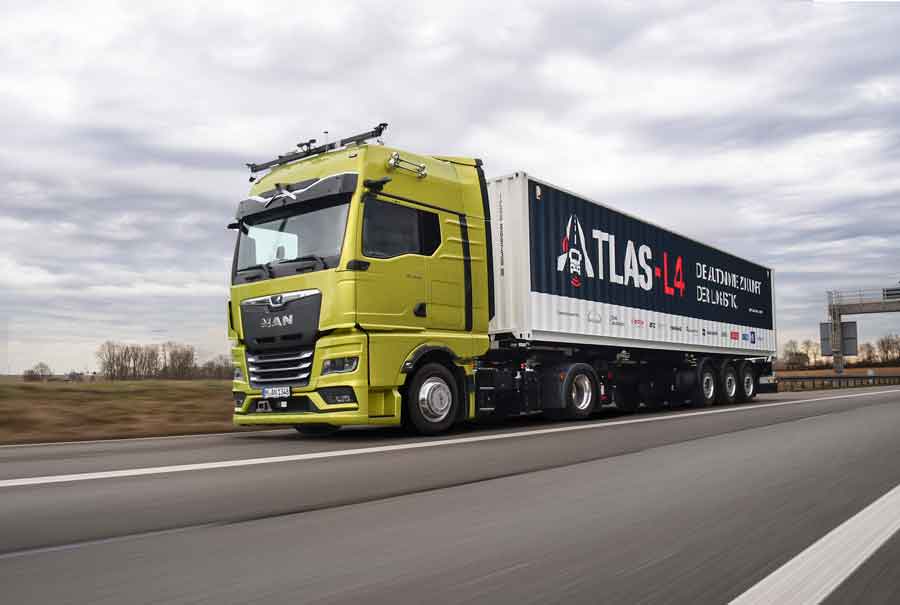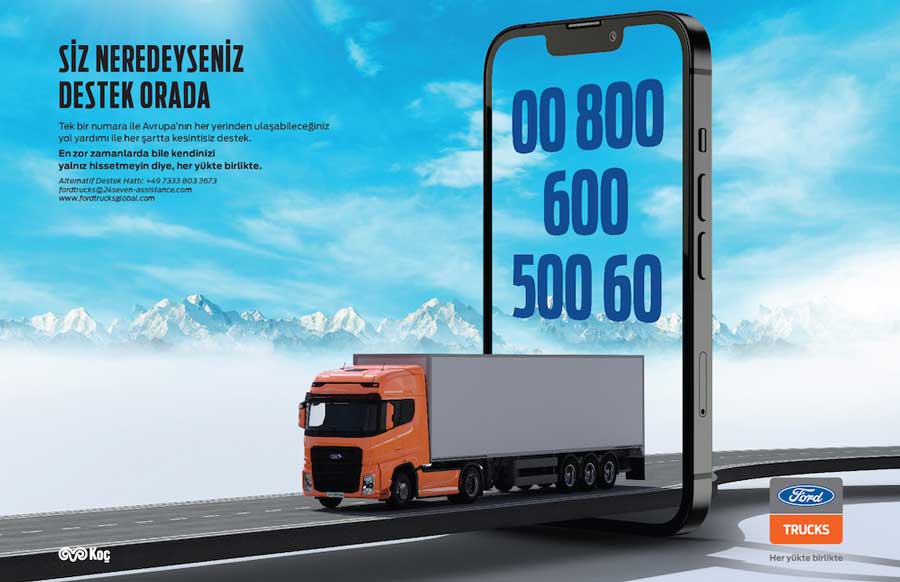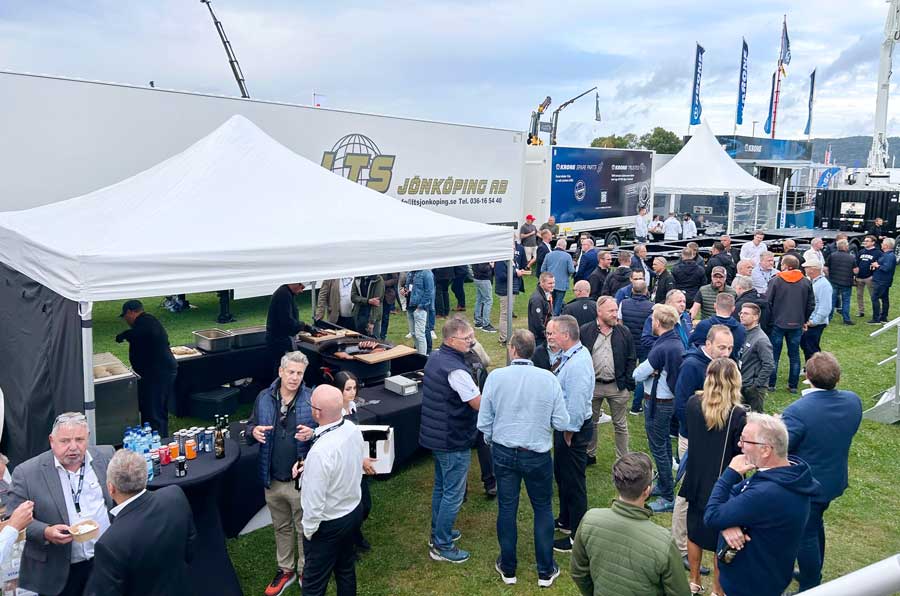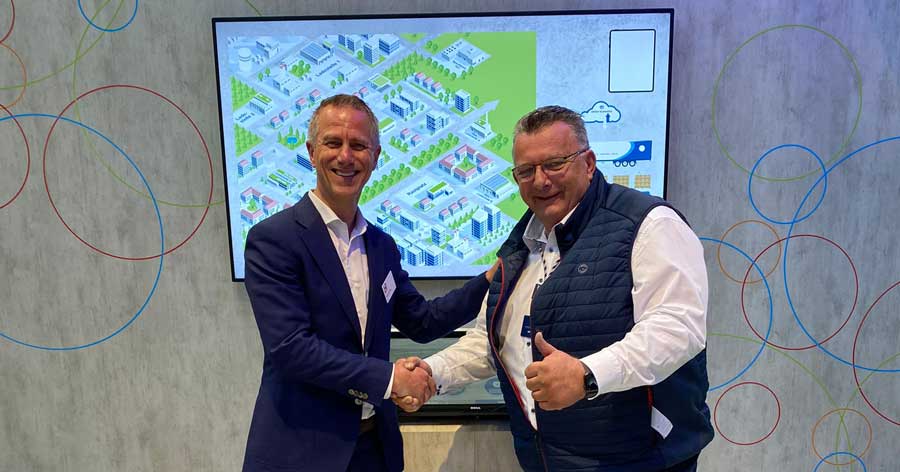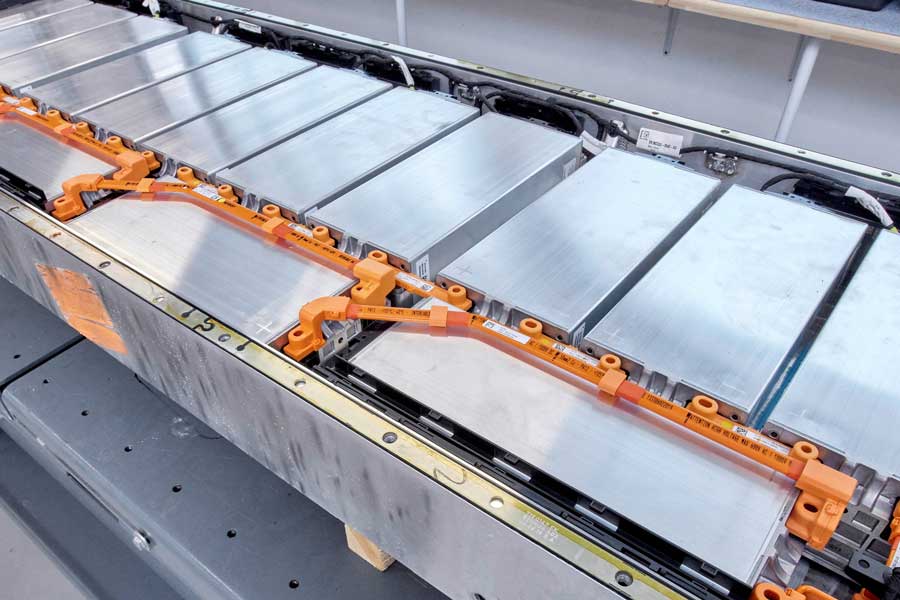Step by step, the driverless truck is becoming a reality: Since January 2022, MAN Truck & Bus, Knorr-Bremse, Leoni, Bosch, Fernride, BTC Embedded Systems, Fraunhofer AISEC, Munich University of Technology, Braunschweig University of Technology, TÜV SÜD, Autobahn GmbH and the Würzburg Institute of Transportation Sciences (WIVW GmbH) have been working together in the ATLAS-L4 research and development project (Automatisierter Transport zwischen Logistikzentren auf Schnellstraßen im Level 4 / Automated Transport between Logistics Centers on Level 4 Expressways) to put autonomous trucks on the road. In terms of content, the project is based on the German law on autonomous driving passed in 2021, which in principle allows autonomous driving on defined routes under a technical supervision. After the first 22 months, the project, which is funded by the German Federal Ministry of Economics and Climate Protection, has already reached important milestones.
“ATLAS-L4 will soon be the first autonomously driving truck on a highway in Germany,” says Dr. Frederik Zohm, Executive Board Member for Research and Development at MAN Truck & Bus, describing the common goal of the twelve ATLAS-L4 project partners. “In this way, we want to contribute to hub-to-hub automation, i.e. driverless commuting between logistics yards, and thus to greater safety, greater efficiency and less congestion on the roads – automation concepts can also be used to counter the shortage of drivers.“
What has been achieved since the start of the project?
The partners jointly presented the results of their work to date at a project event in Munich on October 24, 2023.
As part of its project responsibility for overall system development, MAN Truck & Bus has now built a prototype vehicle. It features sensors on the roof, front, and sides of the driver’s cab, as well as built-in computers inside. In the first stage, it will be used as a sensor vehicle to collect data before the functional development for autonomous driving begins with it, including initial test drives on the highway with a safety driver. The vehicle has already successfully covered its first kilometers at MAN’s Munich test site. Functionalities and interfaces were put to the test: for the first time, the components communicated with each other and, for the first time, the sensors performed a realistic environment detection.
The safety-relevant subsystems for the Level 4 architecture – the vehicle electrical system, steering system and redundant braking system – have also been designed and successfully tested in the first prototypes.
Another milestone to which the project team has already been able to add a tick: The Control Center for technical supervision was successfully commissioned in September 2023 and the connection to the vehicle installed. The web interface now displays the vehicle on a map with all relevant information such as speed and automation status.
Furthermore, MAN and the Fraunhofer Institute for Applied and Integrated Security AISEC successfully conducted the risk analysis for the vehicle that accompanied the project. On this basis, cybersecurity measures such as authentic and encrypted communication as well as functional security measures such as redundancies and degradation concepts were defined for the autonomous driving system. In the process, extensive attack and failure scenarios are run through and corresponding protection concepts are developed.
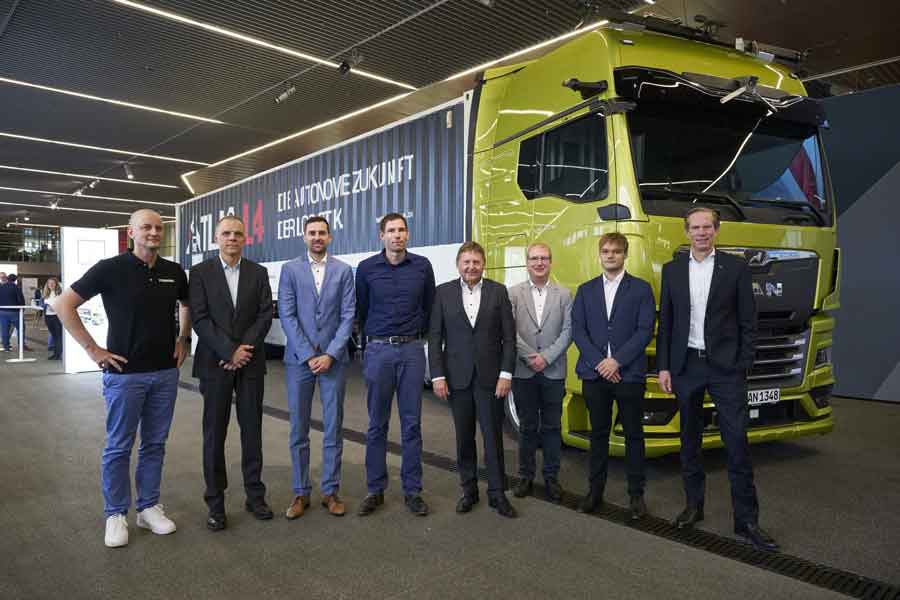
The next steps
The next major milestone is the premiere on public roads: The test vehicle is expected to take its first trips on the highway before the end of the year – naturally also with a safety driver on board.
All milestones contribute to the long-term goal of ATLAS-L4: proving that the use of Level 4 automated and thus driverless vehicles on the highway is feasible. This is the cornerstone for future series applications for a Logistics 4.0 – made possible by the network provided by the strong consortium of ATLAS-L4. The project will run until December 2024, at the end of which there should be an industry-ready concept for the operation of automated trucks on the highway.


